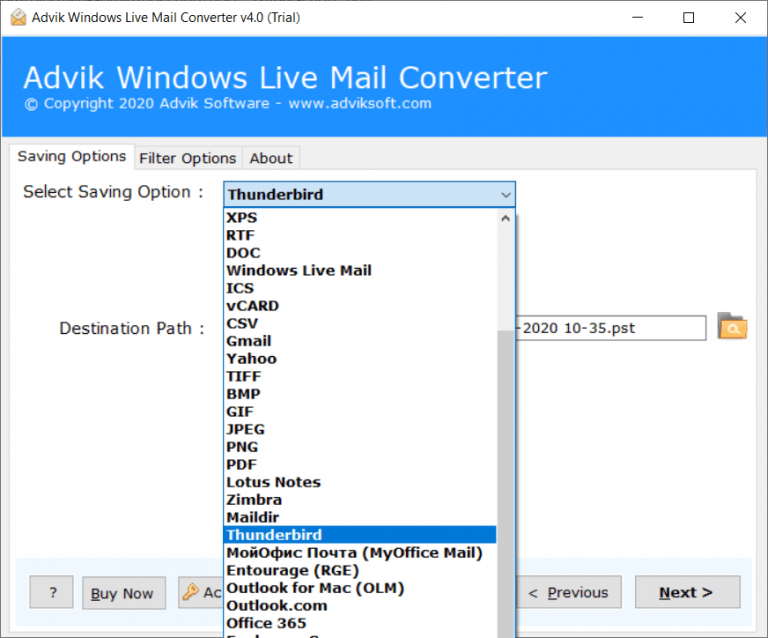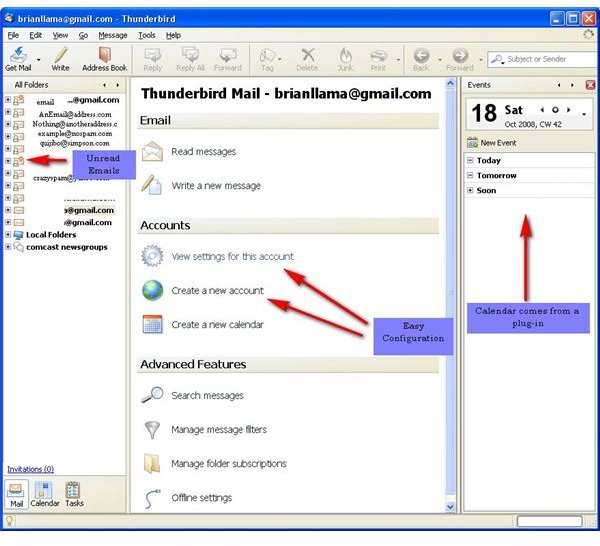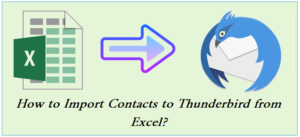

For the matching process, names are completed and their order is normalized - for example, if two name parts are detected in the DisplayName (e.g., "John Doe") or in an email address (e.g., " "), they are taken as first and last name. As a result, for example, names differing only in letter case are considered to match. Matching of names, email addresses, and phone numbers is based upon equivalence and sub-equivalence of fields modulo abstraction, described below. Yet cards with non-equivalent AIMScreenName are never considered matching. both cards do not contain any name, email address, or phone number that might match.they contain matching phone numbers, or.


The matching relation is designed to be rather weak, such that it tends to yield all pairs of potential duplicates. with two different address books with n and m cards, comparing each card in the first one with each card of the second one, resulting in n*m pairs to compare.within a single address book with n cards, comparing each card with all other cards, resulting in n*(n-1)/2 pairs of cards to compare.There are two search modes for finding matching cards:
#MOZILLA THUNDERBIRD IMPORT CONTACTS FROM CONTACTS MANUAL#
In order to exclude pairs of similar cards from being repeatedly presented for manual treatment they may be given different AIMScreenNames, such that they are filtered out from the search results. When a card is deleted and it has a primary email address that is contained in one or more mailing lists and the other card does not have the same primary email address, the address is also deleted from the respective mailing lists.

One can also customize the ' Toolbar' of the ' Address Book' window with a ' Find Duplicates' button. Please report any issues on After installation, this add-on can be invoked via the ' Tools->Duplicate Contacts Manager.' menu entry. This Thunderbird extension facilitates handling of redundant entries in address books.


 0 kommentar(er)
0 kommentar(er)
